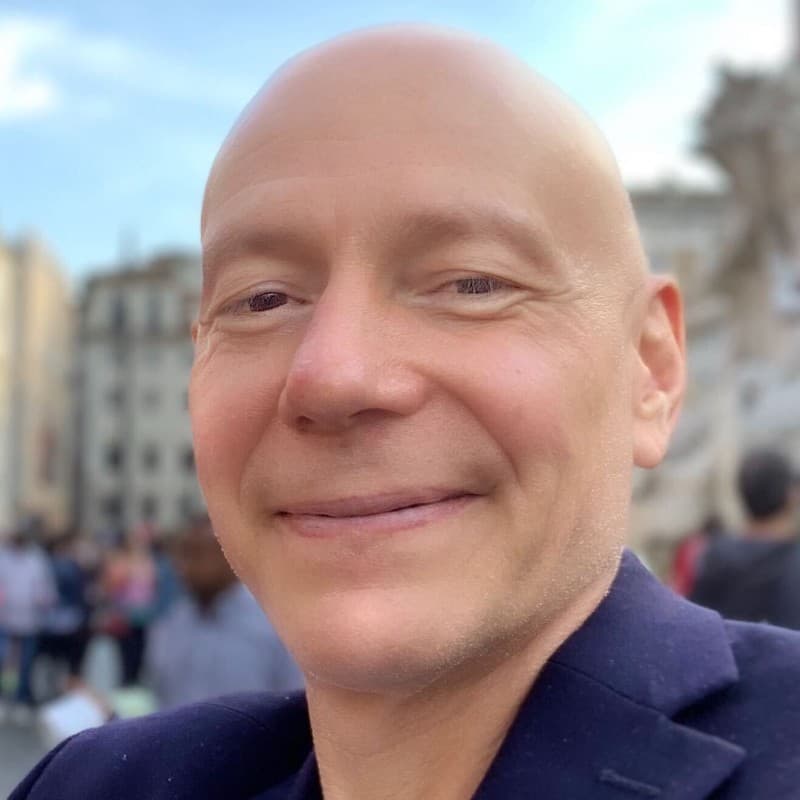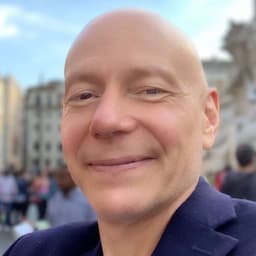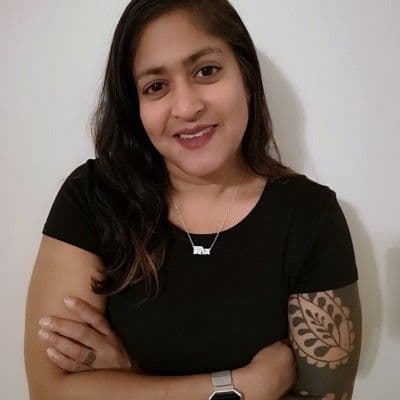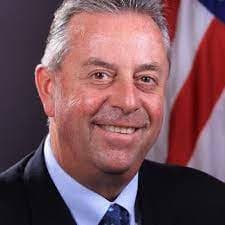/ EPISODE 53
On an OKR-based Digital Transformation
GUESTS

Michael Goitein
Enterprise Agile and OKRs Coach at KeyBank
Listen on
Listen on
Google Podcasts
Listen on
Pocket Casts
Listen on
Spotify
Listen on
Apple Podcasts
Listen on
Stitcher
or use this URL in your favorite podcast app: https://feeds.transistor.fm/dreams-with-deadlines
Episode notes
If taking any legacy organization into a new era of enterprise agility poses challenges, then doing so for a 200-year-old bank is a special mountain to climb.
Host Jenny Herald’s guest on this episode of Dreams with Deadlines is Michael Goitein, an agility expert who has been coaching KeyBank – the 20th largest in the U.S. – through an exciting digital transformation and using an OKR-based methodology to help get the job done.
What you will learn
- A variety of initiatives that Mike and his team have introduced and the how they’ve brought stakeholders along for the ride.
- The difference between Outcomes and Outputs, as well as creative strategic visioning versus analytical, project-based planning.
- Key ingredients to highlight in the pursuit of cross-functional buy-in.
- Two major indicators for successful OKR adoption.
- The power of an aspirational mindset shift from “committed” to “stretch” goals.
- Why discovery, time, transparency, and collaboration will advance your OKR framework every time – no matter how complex or tradition-bound the enterprise.
Show notes
- [02:34] Mike walks us through his career trajectory, from digital publishing to e-commerce, mobile computing to a longer-term shift into IT consulting and coaching.
- [03:54] A look at KeyBank’s decision to acquire Hello Wallet, an app to support customer loyalty, financial health, and smarter decision-making.
- The young team brought fresh energy.
- The integration has served as a model for other fintech acquisitions.
- [05:41] About 200-year-old KeyBank – the 20th largest in the U.S. with assets of about $180 billion – and the role that Mike’s team plays in moving the institution from analog to digital, from on-prem to cloud and all the mindsets that go along with change.
- [06:52] Mike highlights initiatives and strategy development at KeyBank:
- Infrastructure improvements to create the runway for innovation
- Fintech acquisitions
- Hack-a-thons to test resiliency
- [08:29] Outcome versus Outputs:
- Outcomes are strategy-focused, enabling a different future and new capabilities.
- Outputs are more analytical and project-based.
- [09:32] About OKRs and cross-functional development, reaching across silos to enable restructuring and transformational initiatives through outcome-oriented teams.
- [13:39] Mike explains why initiatives like his at KeyBank succeed by offering recurring value, embracing system shifts, and integrating clearly defined OKRs from the outset – then staying grounded and aligned with the original vision.
- [17:23] How an Agile Transformation initiative launched discussions within KeyBank – including its coaching team and a global consultant, resulting in an OKR framework.
- [18:06] Challenges that arose out of KeyBank’s transition to a new OKR orientation:
- Not simply substituting OKR measures for a previous KPI approach. They are different animals.
- Shifting away old systems and the Project Management Orientation that is especially common among legacy companies.
- [19:42] “Stretch” versus “Committed” Goals: Part of Mike’s mandate is to help KeyBank stretch beyond setting easily achievable goals – a comfort zone for established organizations – to become more nimble, swing for the stands and accept that failure is part of the process.
- [21:38] How Mike evangelizes for sufficient time for implementation and a leadership orientation towards aspirational goals. Cross-functional, structural change takes patience and persistence.
- [24:03] Two Major Factors for OKR Adoption Success:
- Creative, strategy-led focus (rather than an analytical, planning approach).
- A substantial discovery process built on teams digging deep and creating a collective vision for how to work cross-functionally over the long haul.
- [24:58] What “discovery” looks like at KeyBank, which includes working collaboratively with both the business and technology sides of the house and using an outcome- and value-based framework.
- [26:41] Velocity and efficiency are great, but effectiveness is the goal. Using continuous discovery – with small, nimble assays – accelerates desired measurable outcomes.
- [28:54] What happens to all those measures? Do teams throw them out? Story points and velocity can be helpful, but outcomes-based, empowered collaboration and creativity are king.
- [31:29] Are OKRs just a burden? Not when teams work together to strengthen and evolve existing processes that aren’t stymied by planning and task-based systems. Solid leadership, transparency, communication, and coaching enable success!
- [35:27] Quick Fire Questions for Mike:
- What’s your Dream With a Deadline?
- Step by step, over the coming year or two, Mike would like to see KeyBank leadership and teams working collaboratively across the enterprise. Each chapter of that journey may be a chapter for a book!
- What do you appreciate about your team?
- They are caring, thoughtful, and extremely committed to agile coaching with a range and depth of skills to offer.
- What execution challenge has KeyBank faced?
- As a legacy organization, it has been a process for the CEO and leadership team to execute over time on digital transformation and migrate to a more nimble mode of operations.
- What nuggets of advice do you have for a business just starting out with OKRs?
- Linking client-centricity with creative strategy is critical – and then hiring good people and putting in place a program that's effective in setting goals and effectively delivering against them.
- What’s top of mind for you these days at KeyBank?
- Continuing to do the hard work to make transformational breakthroughs and move together as a team to best serve our customers every day.
- What’s your Dream With a Deadline?
Relevant links
- Hello Wallet, the financial fitness app
- Christina Wodtke’s book about OKRs: "Radical Focus: Achieving Your Most Important Goals with Objectives and Key Results."
- Mike’s recent article about "Why You'll Miss Your OKRs Again This Cycle."
- Teresa Torres and her opportunity solution tree’s role in Continuous Discovery
- Reflections by Roger Martin on Strategy versus Planning
About our guest:
Michael Goitein, enterprise agile and OKRs coach at KeyBank, is a global technology leader, innovator, author and certified Agile transformer who strategically directs and delivers multi-million-dollar, enterprise-level digital, mobile, big data, and high-tech solutions for Fortune 200 clients. He leads local and globally-distributed teams coaching, innovating, executing, and delivering end-to-end mobile and digital projects.





